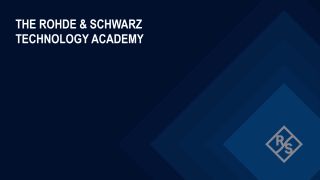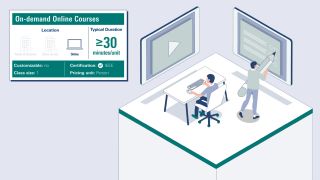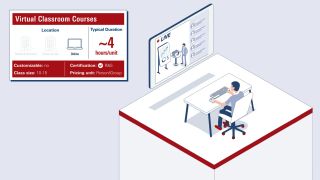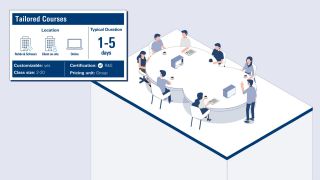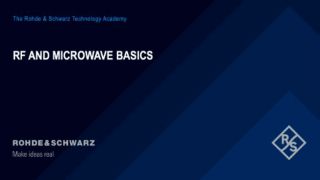You’re in great hands
Practical knowledge. Industry insight. Real experts. Only with the Rohde & Schwarz Technology Academy.
With decades of radio frequency expertise, combined with years of industry specialization, Rohde & Schwarz offers unique industry insights through the best technical training courses available on the market. We deliver trainings in a variety of formats including classroom training, on-demand online courses, virtual classroom training and tailored training at our modern offices in the heart of Munich.
The Rohde & Schwarz Technology Academy helps technical professionals develop valuable skills and gain deep knowledge through a range of high-quality and practical training courses delivered by real-world experts, certified at manufacturer’s quality. All of our courses are designed and delivered with real-world applications in mind. You will be able to apply your newly acquired knowledge, combined with proper certification, to your workplace, increasing both your own and your employer’s productivity.
Rohde & Schwarz has offered trainings for over 30 years to make customers ready for new technologies, application and of course products.




